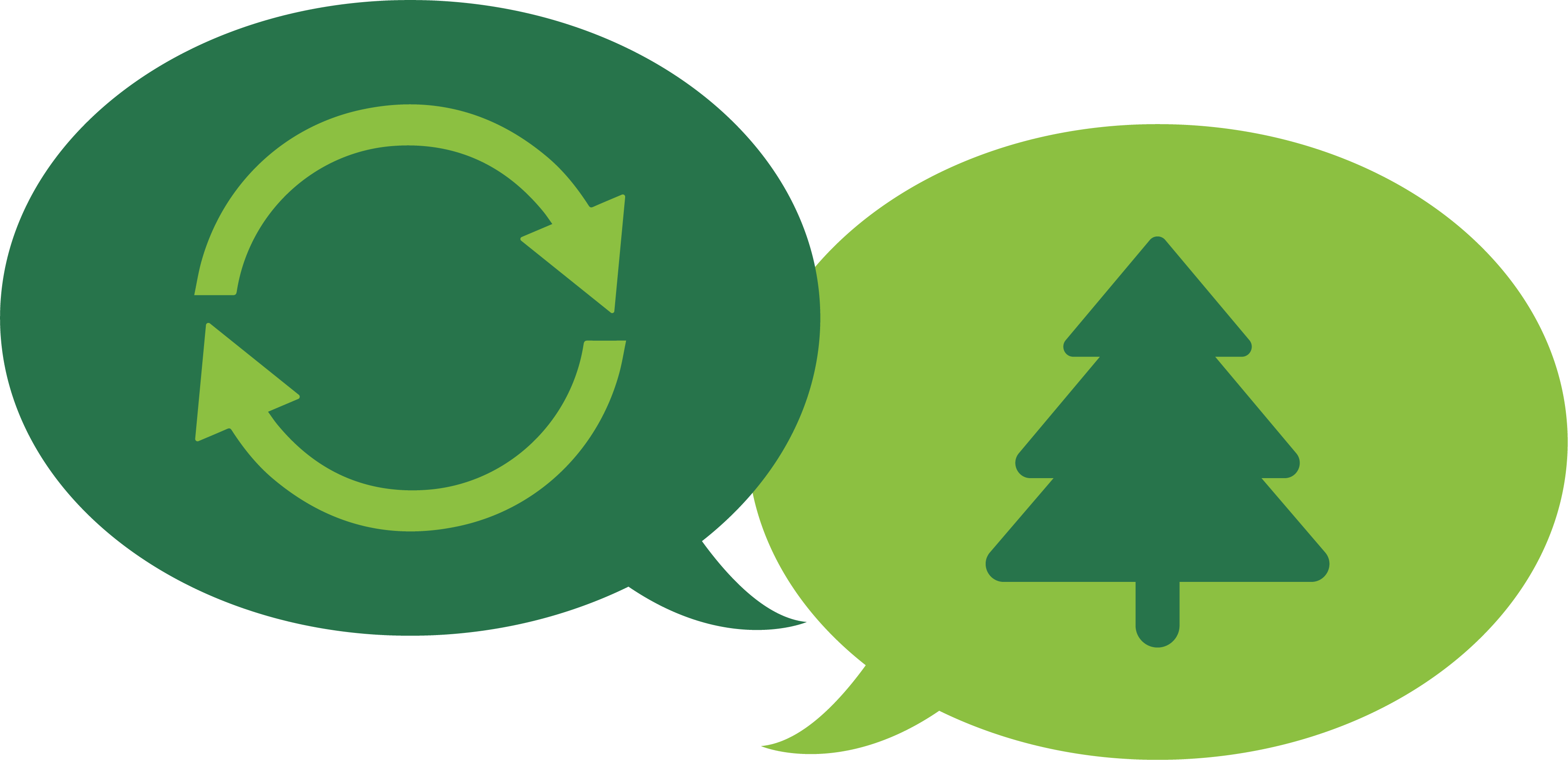
Across the far reaches of northwestern Ontario and over the provincial border into southeastern Manitoba lies the enormous swath of forested, lake-speckled land that is Treaty 3 territory. At more than 142,000 square kilometres, it is larger than the entire country of Greece and home to 28 First Nations communities with a total population of about 25,000 – an indication of just how rich in natural resources this area is.
These natural resources have long been a source of contention between the settlers looking to profit from them and the Indigenous Peoples caring for and protecting the land, but much has changed in the last 15 years. Just ask Chief Lorraine Cobiness, the elected Chief of the Niisaachewan Anishinaabe Nation.
“It’s so exciting, once you know and recognize the history,” notes Chief Cobiness, whose traditional name is Wapshkimikinaak’Ikwe, from Pizhou dodem (Lynx Clan). “We are of a very similar mindset now, where we’re sitting at the table as equals, not as somebody just coming in the room.”
Across Canada, the forestry industry is working to build more meaningful, equitable partnerships with Indigenous Peoples. Miitigoog Limited Partnership (LP), a joint venture between Weyerhaeuser, eight Treaty 3 First Nations and other industry stakeholders, offers a compelling blueprint. By centring Indigenous values, knowledge and decision-making authority, the company is creating sustainable economic opportunities for local communities while also ensuring these forests are managed in a way that promotes ecological sustainability. As the industry looks to foster trust, Miitigoog LP and its 100 per cent First Nations-owned forest management company, Miisun, provide a roadmap for how to do it right.
Challenging the status quo
In 2010, Miitigoog LP was awarded the Sustainable Forest Licence (SFL) covering the Kenora Forest. This was an important step toward economic reconciliation because the agreement enabled the Anishinaabe people in Treaty 3 not only to resume safeguarding their land and protecting its resources but also to benefit economically when forestry products were harvested.
“Just because we’re Anishinaabe doesn’t mean we’re not focused on economy, building business and participating,” Chief Cobiness points out.
Indeed, Erik Holmstrom, the Kenora Timberlands Manager at Weyerhaeuser, explains that it was clear that the company needed to involve First Nations if it was going to succeed in the region. The challenge was figuring out a meaningful way to get them involved in forest management so they felt their values were being protected while also enjoying the economic benefits of natural resource management.
Now, Holmstrom can see the importance of making amends with these communities and ensures the company gives back whenever possible. “We have a strong relationship—a friendship. It’s really important to feast together, so we recently had the fall feast in the Wabaseemoong community, with strong participation,” he says.
Balancing tradition and innovation
Miitigoog LP doesn’t just pay lip service to Indigenous values – it puts them into practice. Before entering the forest to cut down a block of trees, harvesters offer tobacco to the land. Elders are consulted on management decisions, and the company’s activities are infused with Anishinaabe protocols around sustainability and stewardship. Yet Miitigoog LP has also embraced Western science and data-driven forestry techniques, fostering a collaborative approach that benefits from both knowledge systems.
“The original vision of Miisun was to actually get in there and start living, breathing what it meant to the Anishinaabe people to care for the resource, the forest, for everything that comes along with it,” explains Chief Cobiness. “That includes the wildlife, that includes the medicines, that includes protection of our sites. And recognizing and acknowledging from the Western perspective as well, where these sites are and how we’re going to protect them.”
Beyond that, the plan is to manage the forests sustainably, share that vision, and eventually incorporate this model into other forests within Treaty 3. The number of First Nations communities in Miitigoog LP has grown from the three original members when the partnership was created to eight: Wabaseemoong First Nation (FN), Naotkamegwanning FN, Niisaachewan Anishinaabe FN, Ojibways of Onigaming FN, Northwest Angle #33 FN, Shoal Lake #40 FN, Anishinaabeg of Naongashiing FN, and Wabauskang FN.

Indigenous Businesses in the Forest Sector
Indigenous businesses are shaping a sustainable and thriving future for both the forestry sector and their communities. Here are some examples:
In B.C., Central Chilcotin Rehabilitation Ltd. (CCR), a joint venture company by the Tŝideldel First Nation and the Tl’etinqox Government, is seen as a leader in integrating Indigenous knowledge with modern forestry practices, resulting in meaningful economic opportunities and sustainable land management.
The achievements of Listuguj Mi’gmaq Government Chipping (LMG Chipping) stand as beacons of Indigenous entrepreneurship, embodying the spirit of leadership, innovation, and commitment within the forest products sector.
By encouraging re-taking control of their lands, making decisions that reflect their values and forging partnerships with the forest sector, Ntityix Resources LP, a West Kelowna First Nation-held natural resource company, is recognized for driving environmental, economic, and social opportunities.
The Agoke Development Corporation (ADC) is a partnership between three First Nations in the Thunder Bay region of northern Ontario. Its priorities include growing the local economy, providing employment for Indigenous people and sustainable forest management.
Partnering for the long haul
Although Miisun is not the only such partnership between forestry and First Nations on Turtle Island, it is considered one of the most successful models because of the length of the partnership with Weyerhaeuser. In addition, Weyerhaeuser’s recognition of its responsibility as co-manager of these forests has helped underscore its commitment to respecting the Anishinaabe point of view.
“A huge part of our success is because we’re able to talk through contentious issues. We’re not just singing Kumbaya in the bush,” jokes Chief Cobiness, who is also the president of Miisun.
Other companies in the forestry sector are working hard to recognize and maximize Indigenous partnerships. The most recent data on Indigenous employment in the forestry sector is from 2021 and indicates that over 11,000 Indigenous peoples are employed.
Indigenous businesses also operate in forestry-related industries such as wildfire management, safety and training, consulting, transportation/trucking, manufacturing, hospitality, drone surveying, harvesting traditional medicines, tourism, energy production, and more. But with any luck, these partnerships are only the beginning, and Miitigoog offers a powerful example of what’s possible when Indigenous values and leadership are truly centred.
“Without the Anishinaabe participating 100 per cent in making decisions on forests, we couldn’t be successful,” says Chief Cobiness. “Translating that to industry partners [like Weyerhaeuser] who understand is huge.”
Visit ForestryForTheFuture.ca For More Information







